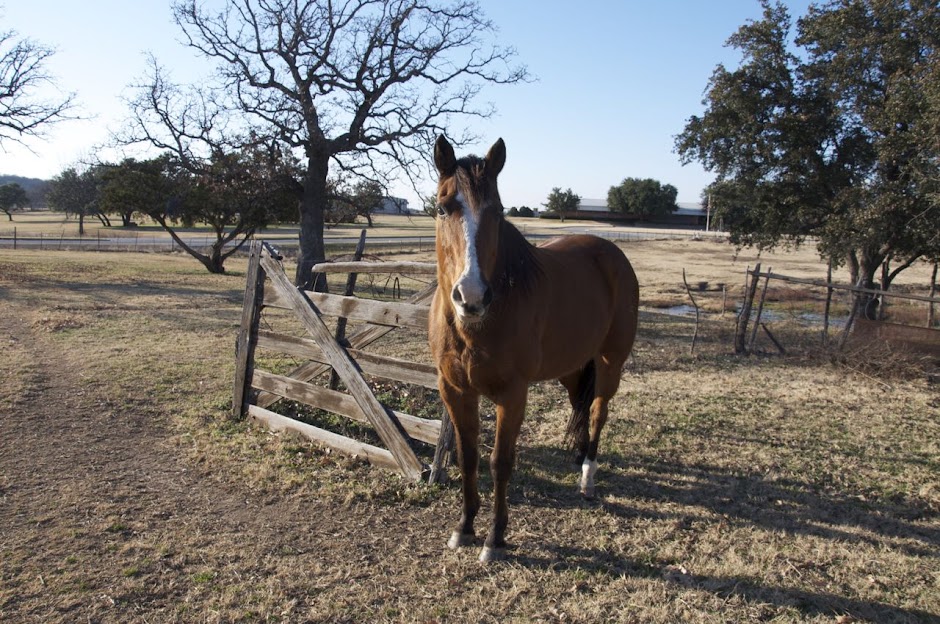General Washington headquartered at Valley Forge in the Isaac Potts house. Up to 25 people lived in the house throughout the encampment that winter. Martha Washington lived there for 4 of the 6 months, along with Washington's officers, aides, and the household servants.
Although the house dates to 1773, the train station visible in the background was not constructed until 1913 as a stop for the Reading Rail Road. For a period of time, visitors to the park could actually arrive by train. It currently serves as a museum, housing artifacts related to the encampment.
The kitchen wing was the domain of Hannah Till, a slave who cooked for Washington and his crew. Largely untold for most of history, her story is now incorporated into the narratives about the winter encampment at Valley Forge as portrayed by the National Park Service. Hannah Till spent 7 years with the Continental Army before she gained freedom. She moved to Philadelphia and died at the age of 102. Another lesser known aspect of the Continental Army was that an estimated 5,000 African-descent soldiers served in the American Revolution.

References: Lapp, A. (2006). With Washington at Valley Forge. The Times-News, p. 5F. National Park Service, Valley Forge.





















